
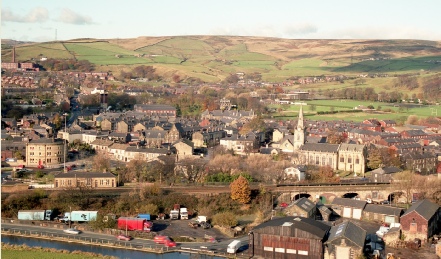
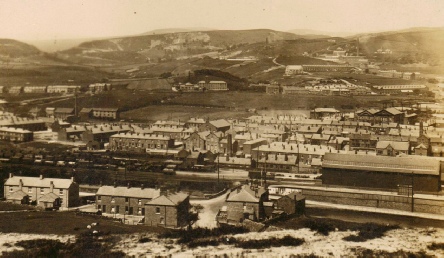
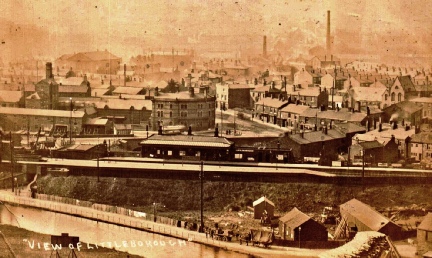
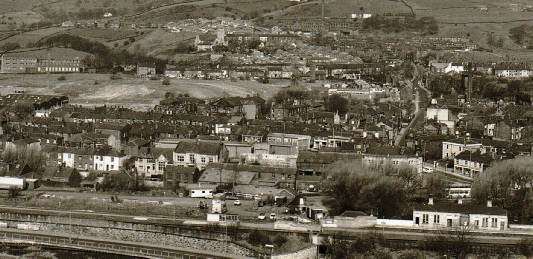


Town House Littleborough
Town House is the earliest known settlement in Littleborough dating from during the Anglo-Saxon era circa 970 AD, 100 years before the Normal Conquest. Originally know as Ton House, ie the House in the Clearing, Ton House is thus earlier than Clegg Hall built by Bernulf de Clegg in the 11/12th Centuries predates numerous other early large houses.Ton House preceded the Parish church by almost 500 years.
Below paragraphs detail the History of Town House and further down the page are details of the close by Town House Mill complex:-
Mill, Warehouse, Cottage, Farm & Croft Head Mill
Town Houses’s History
In the 13th Century, the residing family were “of the Ton”, eg William of the Ton in 1223 and this continued until 1281 when the Kyrkechagh (Kershaw) family took residence. This lasted until 1452 when the house passed to the Newall family. Town House, as it became known, was rebuilt or a new building was built on an adjacent plot in 1292 and further rebuilt in 1604 with further alterations incorporated over the years. The 17th Century saw an increase in the number of homes and farms being built in Littleborough including close by Upper Town House in the tenure of Alexander Kershaw (Yeoman) in 1626. Mawrode, (between Calderbrook & Summit) dates from 1503 although an earlier Bronze Torque was found near it.
In 1828 the death of Lawrence Newall meant that his 3 daughters came to possess Upper Town House, Town House and Gale. In time, Mary who wed John Molesworth, Solicitor and County Coroner. came to live in Town House which remained in her possession until at least 1893. In 1911 Gordon Harvey purchased Town House and together with his brother Ernst they rebuilt Town House to create two large houses linked by a connecting door to enable the brothers discuss their business interests etc.
In 1994 Town House was reviewed when it was found to be in good condition and not at risk. It was owned by Mr & Mrs Howarth, being in domestic use and converted into individual flats (apartments). Photographs at the time showed there had been previous movement in the Pedestal’s stonework which was still visible in 2020.
The growth in hand loom weaving increased the need for wool processing so the now demolished mill probably started life as a water powered Fulling mill (or even a corn mill). Build date is uncertain but the date stone built into the present Town House Warehouse – LNS 1732 (some read it as 1752) may have come from the mill. The mill possibly expanded into spinning wool for hand loom weavers. In 1827 steam was introduced to a 4 storey mill at town house (likely to refer to this mill to rather than the later Croft Head Mill. The actual Town House Mill had been demolished by 1890.
Town House Warehouse (pictured below right behind the trees) was built mid-18th C in front of the mill and started as an unheated two storey warehouse with a tacking-in door on the top floor (now a smaller window). In the early 19th C, a larger 3 storey warehouse was built on the right hand end and later the original two storey structure was increased to 3 storeys. Later still, stables were added on the east end and a Cottage built on the western end.
Around 1990 Townhouse Warehouse was reviewed as a Building at Risk during which it was found to be “in poor condition, not sufficiently weatherproofed and deteriorating significantly in places, Windows not sealed and doors at all levels in poor condition. Cottage chimney stack and stack on Mill (ie Warehouse) look dangerous”. The review also found side buildings in poor condition but the rear of the building was in better condition.
In 1992 the Royal Commission on the Historic Monuments of England produced a report on Town House Mill which noted that it was not a mill, that was to the rear of the property, and that it was built in varying stages during the 18th and 19th Centuries. A further Building at Risk review in March 1994 found that the buildings had suffered further deterioration with scaffolding in place for support. It also noted that work was in hand to restore the property by its owner. The property was subsequently converted into 3 individual properties (or 4 including the Cottage on the left hand end).
In the mid-19th Century, Town House Cottage was built on the left hand end of the warehouse with its frontage looking west. It later became known as Bowden’s House. It is pictured left as it looked circa 1960/70. In 2020 the cottage is almost hidden by surrounding vegetation. In the 2020s the cottage was refurbished and is now behind high fencing and gates so is largely hidden from view.
Town House Farm and farming has no doubt been part of Town House from early days and the farmhouse may have been the main house until the family grew in size and stature when separate houses were provided.
Circa 1850 some mining occurred at the bottom of Town House Wood, which may well have lasted for just a few years.
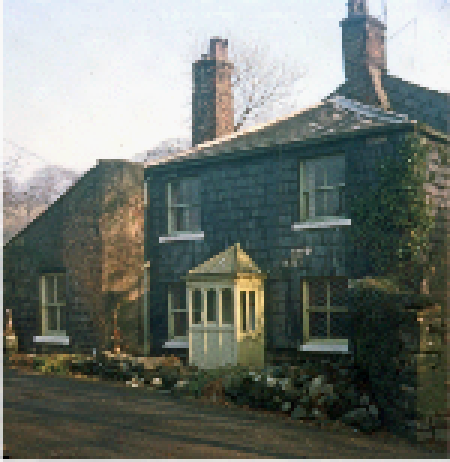
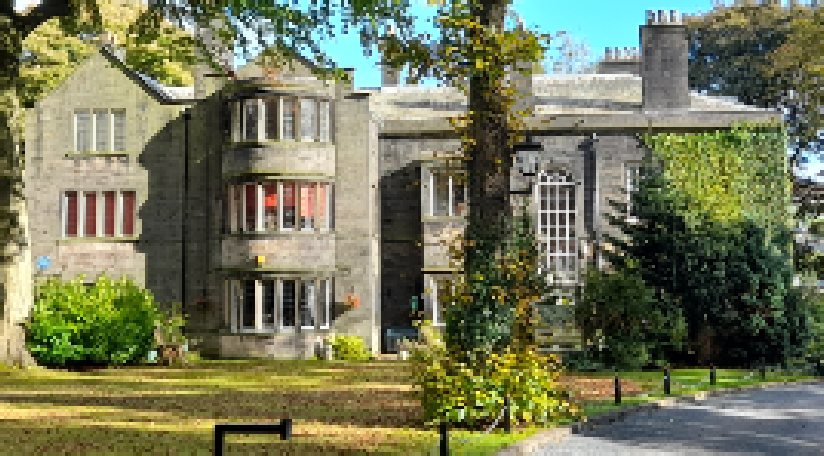
Town House from the main gate (above) and from the playing fields (below)
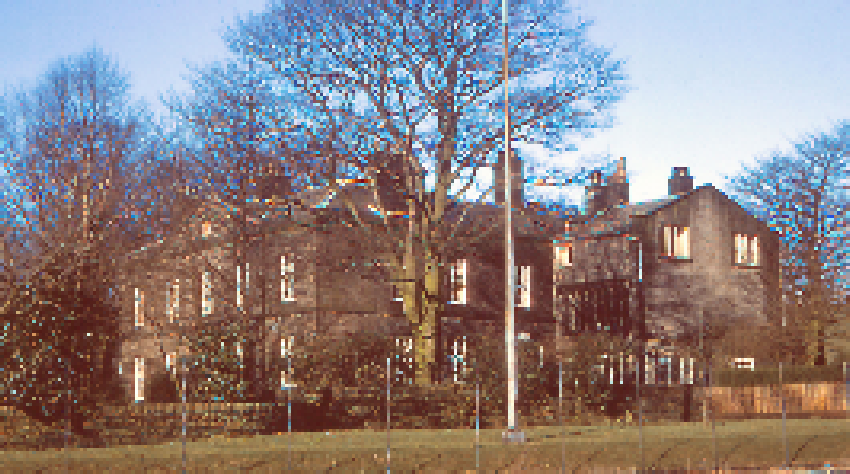
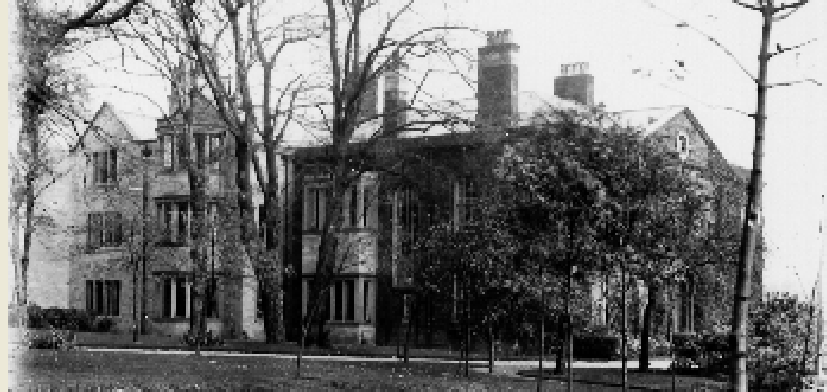
Town House warehouse now known as Town House Mill (Above)
Town House Cottage (Right)

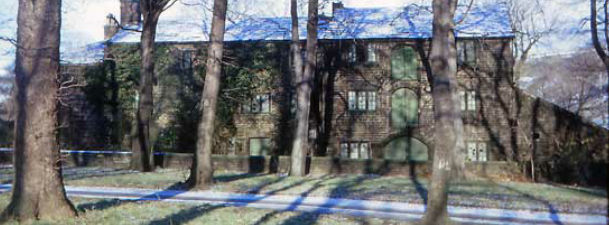
| Contact Us |
| Rechabites |
| Early Schools |
| Non-conformist schools |
| C of E and RC Schools |
| Board and Local Authority Schools |
| Richard Jay - Coach Operator |
| William Burrill |
| Richard Jay Haukier |
| Leach - Cycles to Haulage |
| H M Sutcliffe |
| J Grindrod & Son Ltd |
| R Rudge and Son Ltd |
| Canal Restoration |
| Clegg Hall & Smithy Bridge |
| Railways in Littleborough Centre |
| Littleborough Viaduct to Summit Tunnel |
| Summit Tunnel |
| Industrial Railways |
| Blackstone Edge Turnpike |
| Calderbrook Turnpike |
| Doghill to Steanor Bottom Turnpike |
| Todmorden Rd TP |
| Toll Roads |
| Industrial Histories |
| History Trails |
| Littleborough Book |
| Pubs & Inns |
| Co-op - Early Grpwth |
| Coop - Central Premises & Competition |
| Coop in 20th Century |
| Coop Decline & Change |
| LANCTAN |
| Schofield Iron Woks |
| Phoenix Iron Works |
| Clegg's Shore Mills |
| Consterdine textile Mills |
| Schofield Textile Mills |
| Rayon (Artificial Silk( Manufacture |
| Mills |
| Deanhead Chemical Works |
| Akzo Chemical Works |
| Starring Pottery |
| Summit Brickworks |
| Tetlows Pottery |
| Whittaker Pottery |
| Coal Mining Map |
| Starring Clay and Coal Mine |
| Cleggswood Colliery |
| Mining around Hollingworth |
| Shackleton - Coal Merchant |
| Possible Roman Littleborough |
| Blackstone Edge Roman Road |
| Roll of Honour |
| WW2 Heroes |